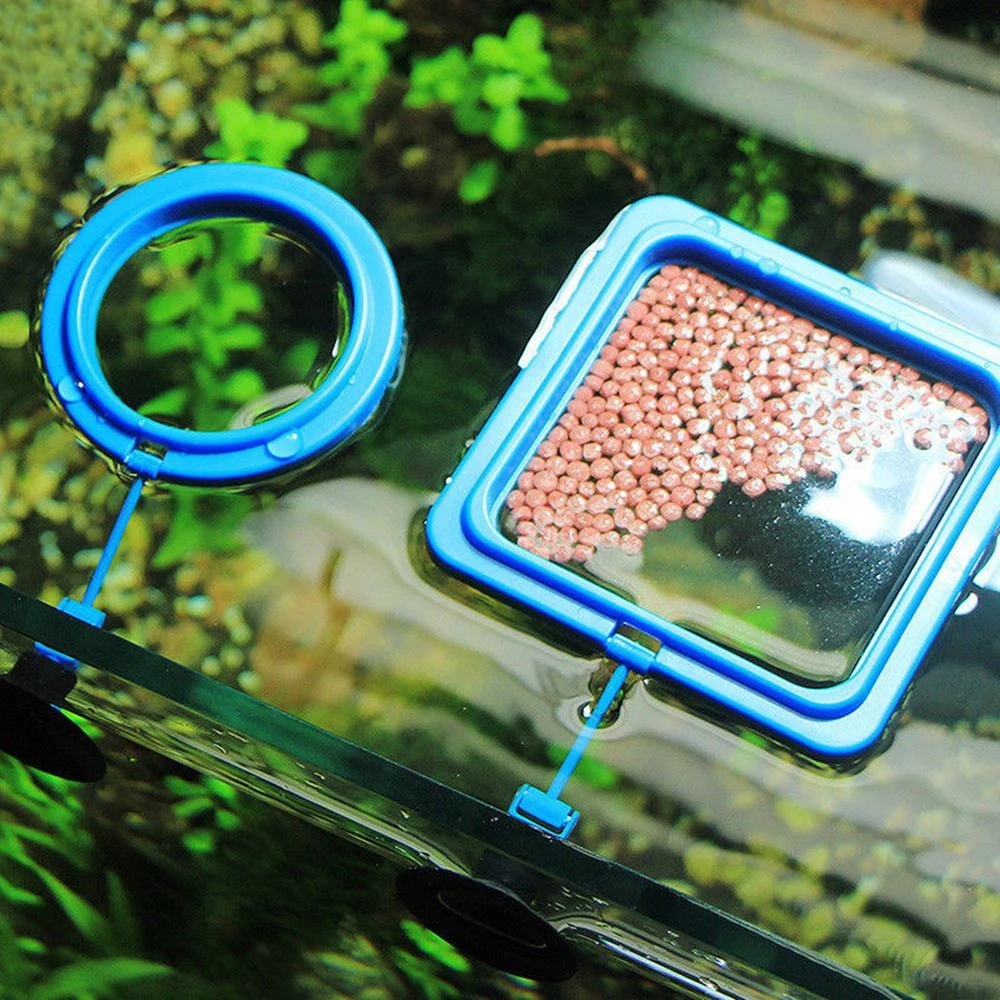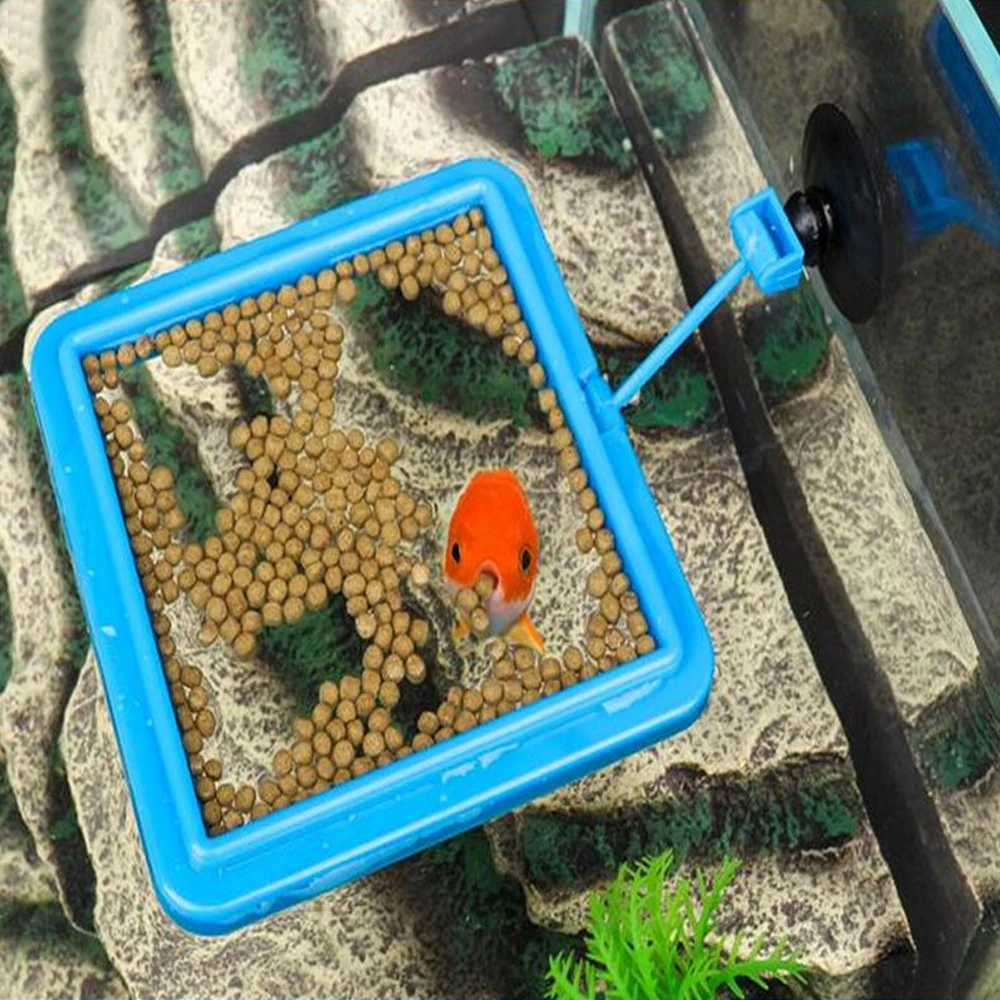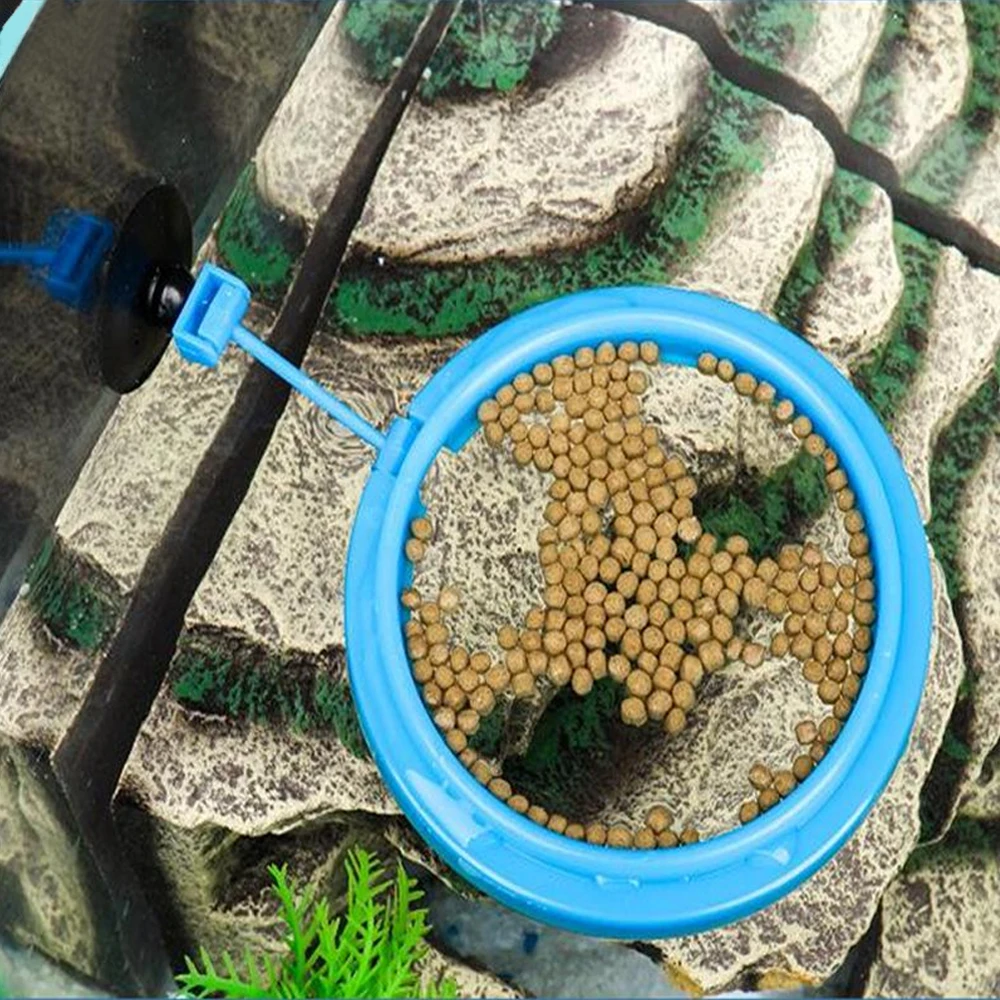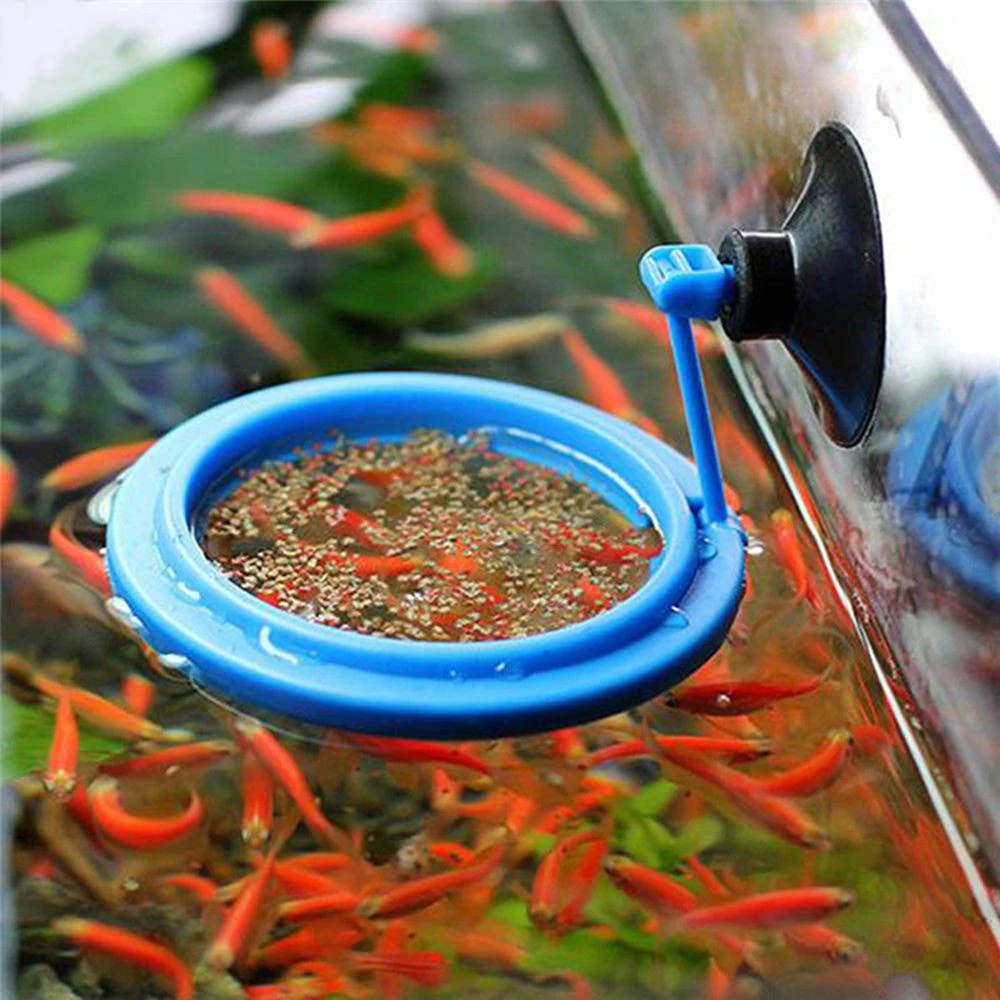Maintaining a clean fish tank is crucial for the health and well-being of your aquatic pets. For beginners, the process may seem daunting, but it’s simpler than you think. With the right tools, knowledge, and a bit of patience, you can ensure your fish tank remains a vibrant and thriving ecosystem. This comprehensive guide provides step-by-step instructions on how to clean a fish tank for beginners, making the task manageable and even enjoyable.
Understanding the Importance of Regular Fish Tank Cleaning
Keeping your fish tank clean is not merely about aesthetics; it’s essential for the health of your fish. A dirty tank can lead to numerous problems, such as algae growth, harmful bacterial colonies, and an imbalance in water chemistry. These issues can stress your fish and even lead to illness or death. By regularly cleaning your fish tank, you remove waste, uneaten food, and other debris that can deteriorate water quality.
Moreover, regular cleaning helps maintain the tank’s nitrogen cycle, which is crucial for breaking down harmful toxins. Fish produce waste that is converted into ammonia. Beneficial bacteria convert ammonia into nitrites and then into nitrates, which can be harmful in high concentrations. Cleaning helps keep these levels in check, ensuring a balanced and healthy environment.

Gathering the Necessary Supplies
Before you begin cleaning your fish tank, it’s essential to gather all the necessary supplies. Having everything at hand will make the process smoother and more efficient. Essential supplies include a siphon or gravel vacuum, a bucket specifically used for fish tank maintenance, an algae scraper or sponge, water conditioner, and a soft cloth or paper towels. Additionally, you may need a water testing kit to check the water parameters and a fishnet in case you need to move any fish temporarily.
A siphon or gravel vacuum is one of the most critical tools for cleaning, as it helps remove debris and waste from the substrate without disturbing the environment too much. The bucket should be reserved solely for fish tank use to avoid any chemical contaminants. An algae scraper or sponge helps clean the glass, ensuring a clear view of your aquatic life. Using a water conditioner is crucial for treating tap water, making it safe for your fish by neutralizing harmful chemicals like chlorine and chloramine.
Pre-Cleaning Preparations: Setting the Stage
Preparation is key to an efficient cleaning process. Begin by unplugging all electrical equipment in the tank, such as filters, heaters, and lights. This step is vital for your safety and the well-being of your fish. If your tank has a lid or hood, remove it to allow easy access to all areas.
Next, take some time to observe your fish and their behavior. Ensure they are not overly stressed or acting unusually, as cleaning can be a bit disruptive for them. Feeding them slightly less the day before can reduce waste production, making the cleaning process more manageable.
Prepare the water you’ll use for refilling the tank. It’s best to have treated water ready at the same temperature as the tank water. Using a water conditioner to treat tap water will remove harmful chemicals and make it safe for your fish. Having prepared water ready to go will make the transition smoother and safer for your aquatic pets.
Removing Fish for a Thorough Clean: Optional but Beneficial
Removing your fish during cleaning is optional, but it can make the process more thorough and less stressful for your pets. If you choose to do this, use a fishnet to gently transfer them to a temporary holding tank filled with water from the aquarium. This water should match the main tank in temperature and pH to minimize stress. Ensure the holding tank is kept in a quiet, stable environment to keep the fish calm.
Removing the fish allows you to clean the tank more thoroughly. You can reach all corners, clean decorations, and scrub off algae without the risk of harming or stressing the fish. However, it’s essential to transfer the fish quickly and carefully, making sure they’re not out of water for too long. Use smooth, steady motions to avoid sudden movements that could frighten your fish.
While the fish are in the holding tank, it’s an excellent opportunity to observe them closely for any signs of illness or stress. Check for unusual behavior, discoloration, or any signs of disease. This inspection can help you address potential health issues before they worsen.

Cleaning the Inside Glass: Ensuring Clear Views
Cleaning the inside glass of your fish tank is essential for maintaining clear views of your aquatic environment. Over time, algae and biofilm can accumulate on the glass, making the tank look cloudy and reducing visibility. An algae scraper or magnetic cleaner is an excellent tool for this task, enabling you to remove buildup without scratching the glass.
Begin by gently scrubbing the glass from top to bottom, paying extra attention to corners and areas behind decorations where algae may hide. Use slow, deliberate movements to avoid startling your fish. If you’re using a magnetic cleaner, make sure to turn it around in tight spaces to clean thoroughly. For persistent algae spots, an algae pad or scraper can be more effective, but ensure it’s labeled as safe for aquariums to avoid damaging the glass.
Once you’ve cleaned the glass, take a moment to inspect your work. Ensure there are no streaks or missed spots, as they can detract from the tank’s overall appearance. Clear glass not only enhances the aesthetic appeal but also makes it easier to monitor your fish and their environment.
Removing and Cleaning Decorations
Fish tank decorations not only add beauty but also provide essential hiding spots and enrichment for your fish. However, these decorations can accumulate algae, waste, and debris over time, necessitating periodic cleaning. Carefully remove each decoration and place it in a separate container or on a clean towel to avoid contaminating other areas.
Once removed, clean the decorations using warm water and an aquarium-safe brush. Avoid using soap, detergent, or any chemicals, as residues can be harmful to your fish. Scrub gently to remove algae and buildup, paying attention to nooks and crannies where debris may lodge. For stubborn algae, soaking decorations in a 1:20 bleach solution for a few minutes can help, but ensure they are thoroughly rinsed and dried before returning them to the tank.
While cleaning, inspect each decoration for signs of wear or damage. Replace any items with sharp edges or peeling paint, as they can pose risks to your fish. Consider rotating decorations periodically to provide new enrichment opportunities and keep the tank environment stimulating.

Cleaning or Replacing Filter Media
The filter is the heart of your fish tank’s filtration system, responsible for removing waste, toxins, and debris from the water. Over time, filter media can become clogged, reducing its efficiency. Regular maintenance of the filter is essential for optimal performance and water quality.
Begin by turning off and unplugging the filter to ensure safety. Carefully remove the filter media, which may include sponges, cartridges, bio-balls, or other components. Rinse each piece in a bucket of tank water to remove debris and buildup. Using tank water preserves the beneficial bacteria residing in the filter media, crucial for maintaining the nitrogen cycle.
For mechanical filter media, like sponges, gently squeeze out debris and rinse until the water runs clear. Replace disposable filter cartridges as needed, but avoid changing all filter media simultaneously to maintain bacterial colonies. Biological filter media, such as bio-balls or ceramic rings, should only be lightly rinsed and rarely replaced.
While cleaning the filter, inspect it for signs of wear or damage. Ensure all parts are in good working order and replace any components as necessary. Once cleaned, reassemble the filter and restart it, ensuring proper flow.
Regular Maintenance: Keeping Your Tank Pristine
Establishing a routine maintenance schedule is key to keeping your fish tank clean and healthy. Regular tasks include weekly water changes of 10-20%, filter checks, substrate cleaning, and algae removal. Consistent maintenance prevents the buildup of harmful substances and supports a stable environment for your fish.
Monitor your tank’s water parameters regularly, and make small adjustments as needed to maintain balance. Observing your fish daily helps you detect any signs of stress or illness early, allowing for prompt intervention.
In conclusion, cleaning a fish tank for beginners need not be intimidating. By understanding the importance, gathering the right supplies, and following these step-by-step instructions, you can ensure a clean, healthy environment for your fish. Regular maintenance and thoughtful care keep your tank pristine, allowing you to fully enjoy the beauty and tranquility of your aquatic world.










